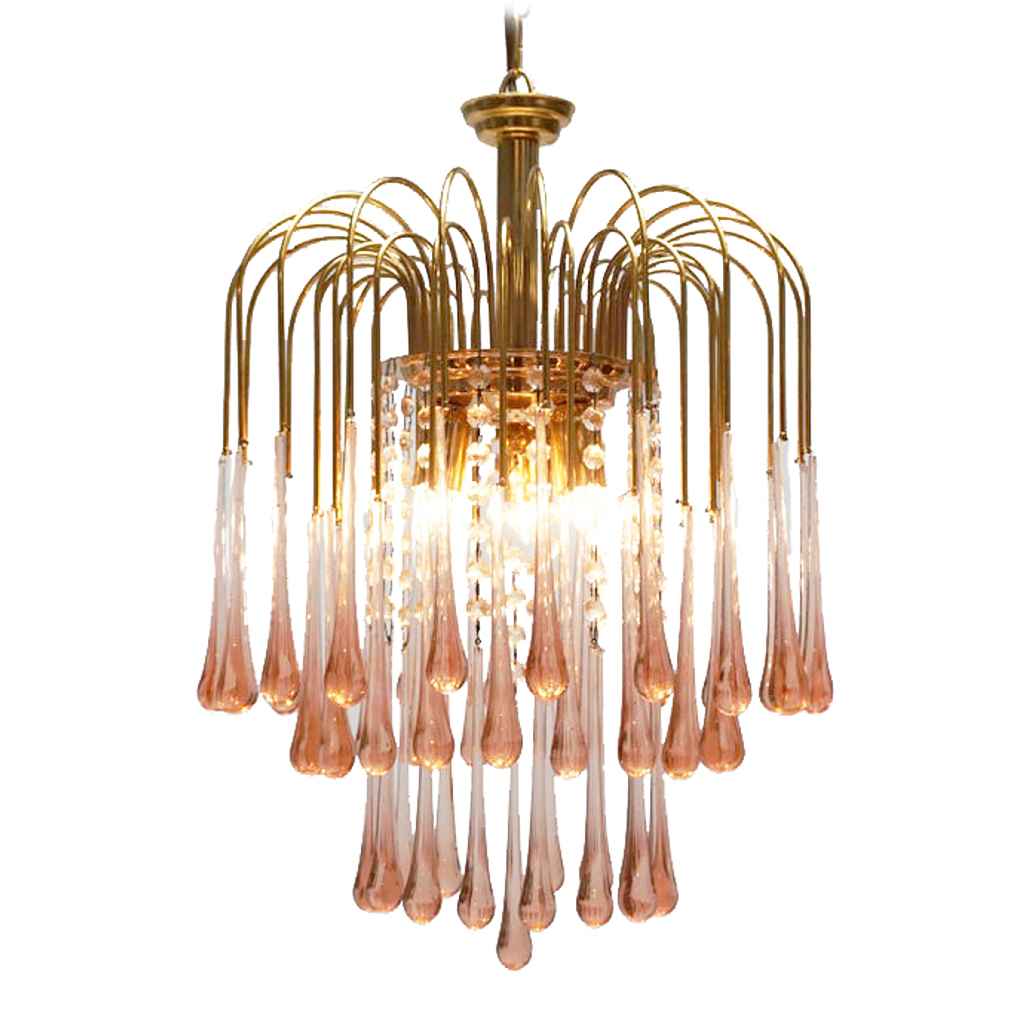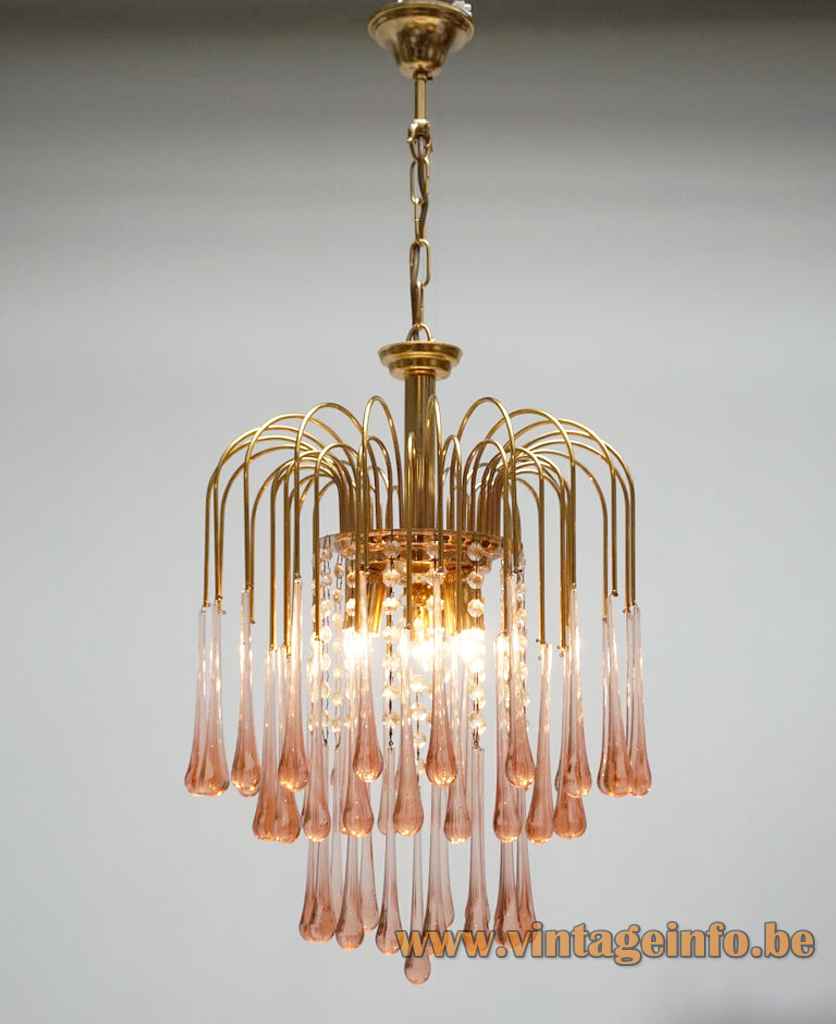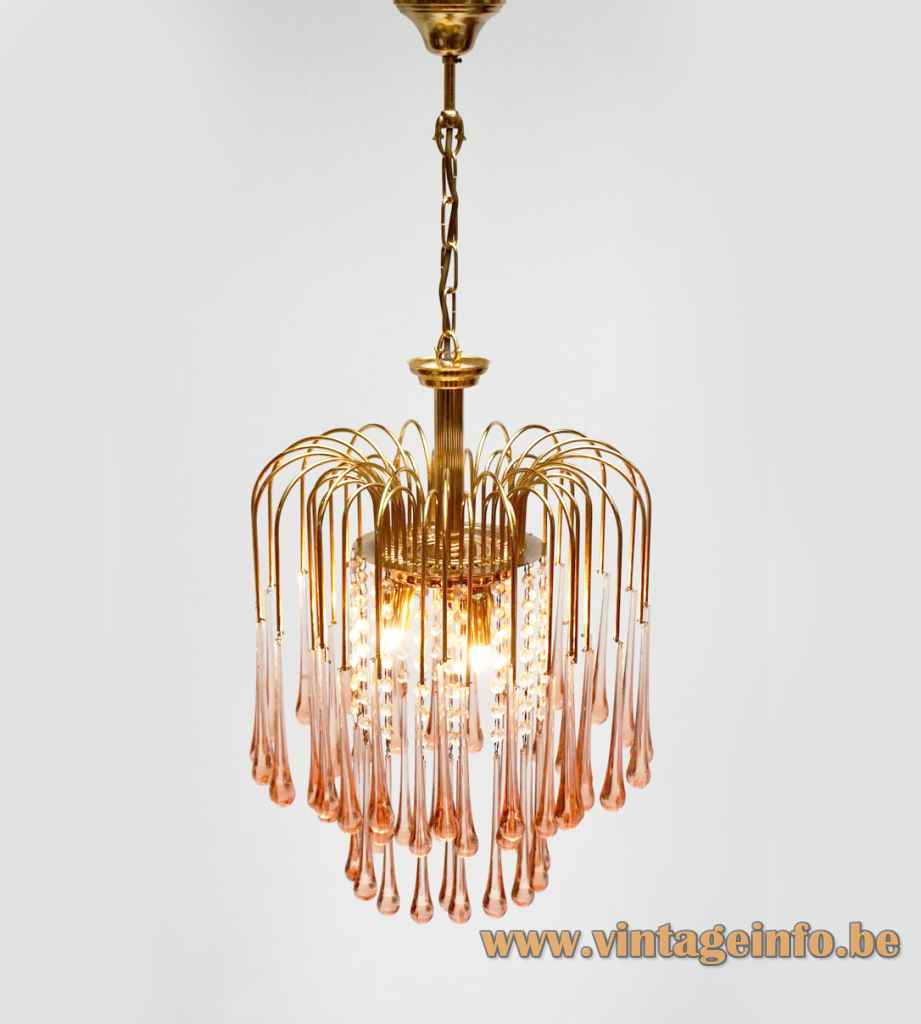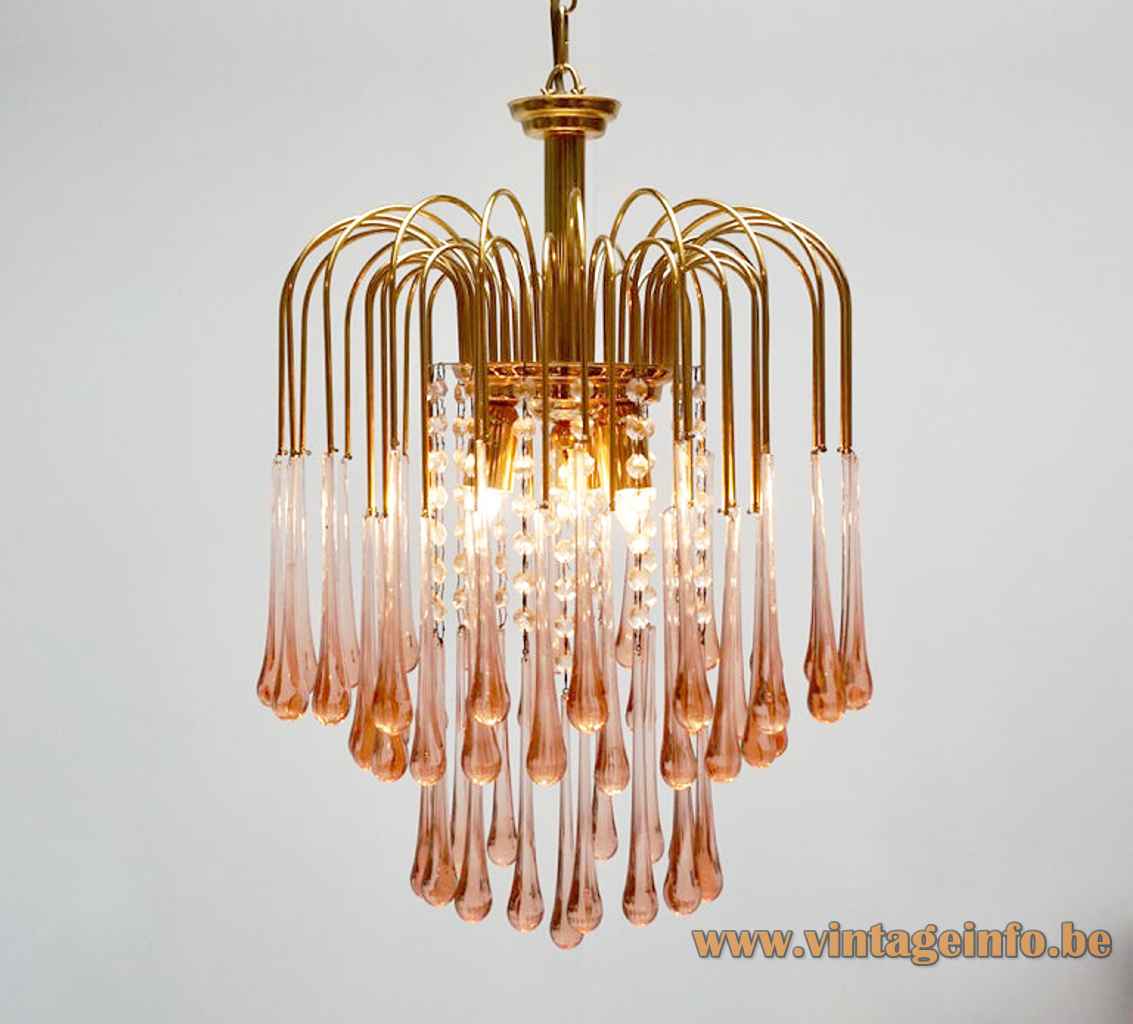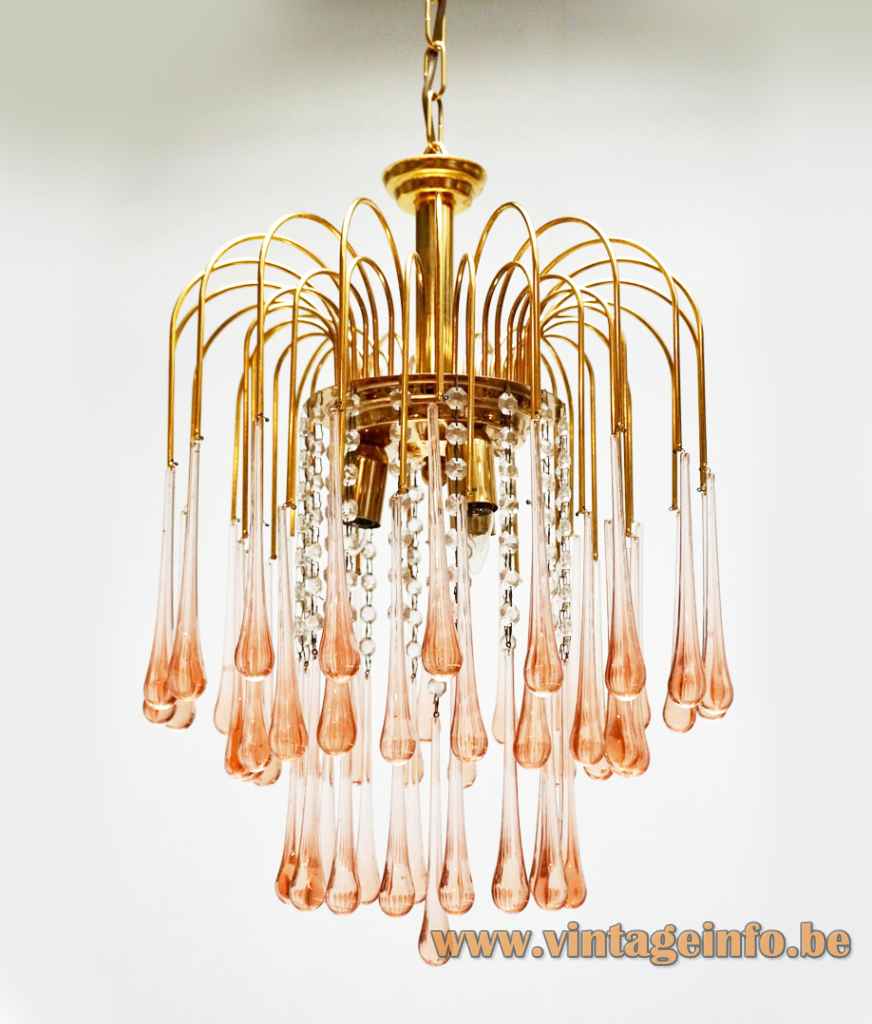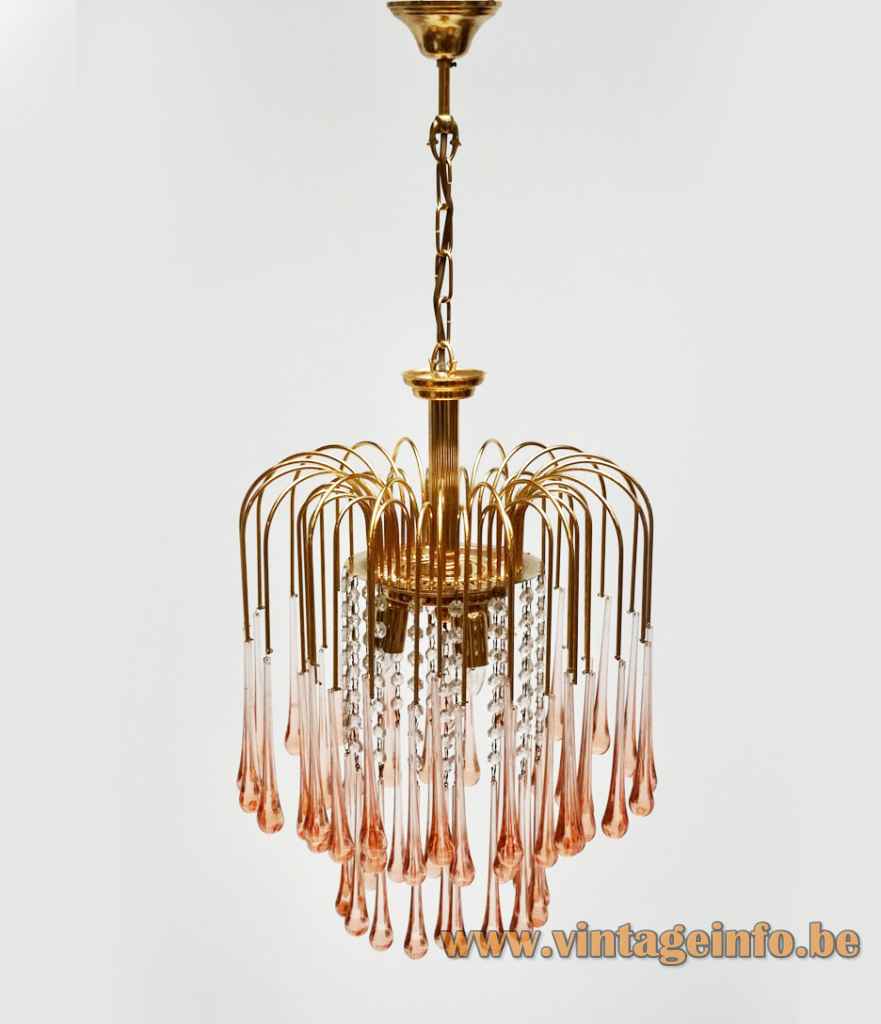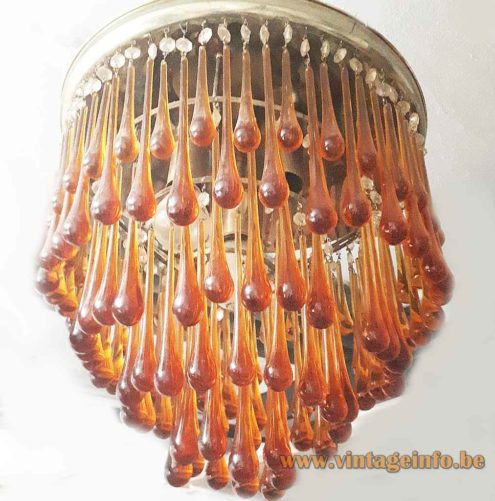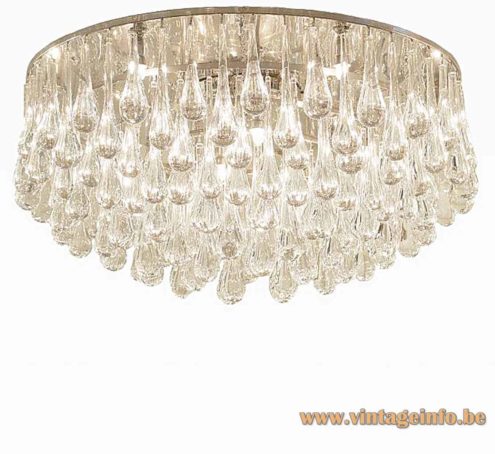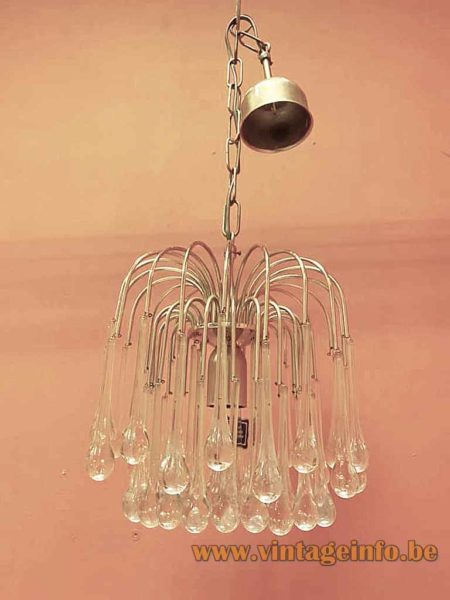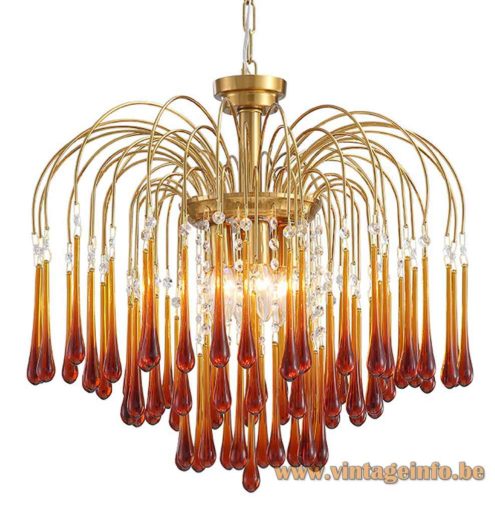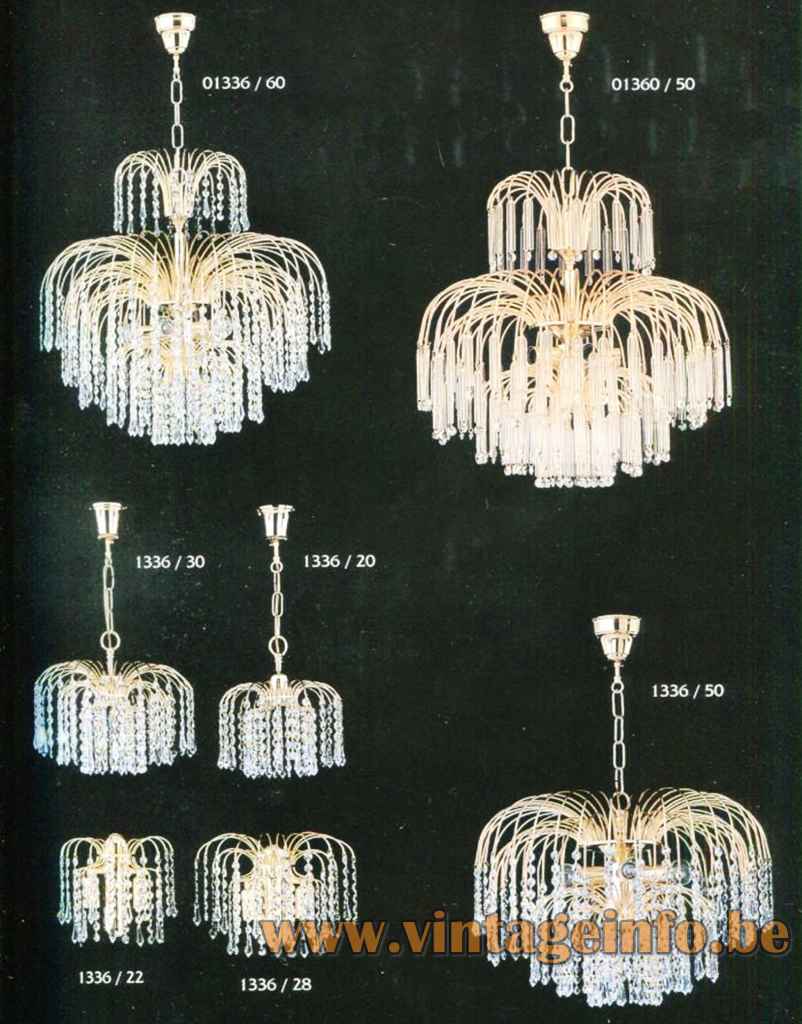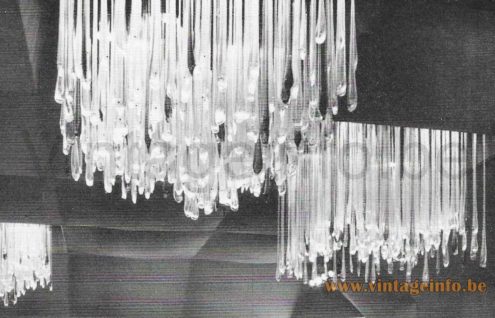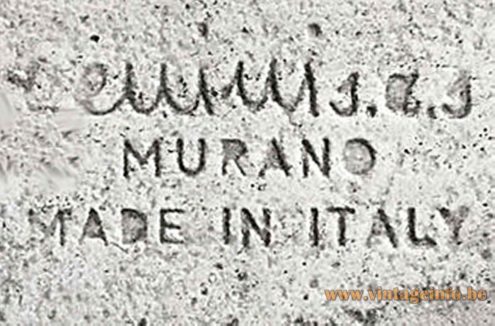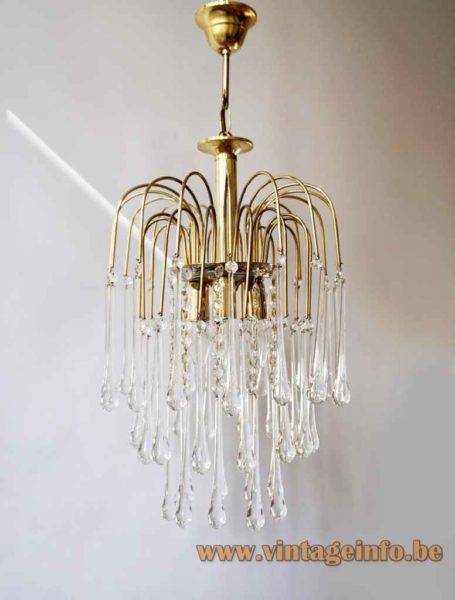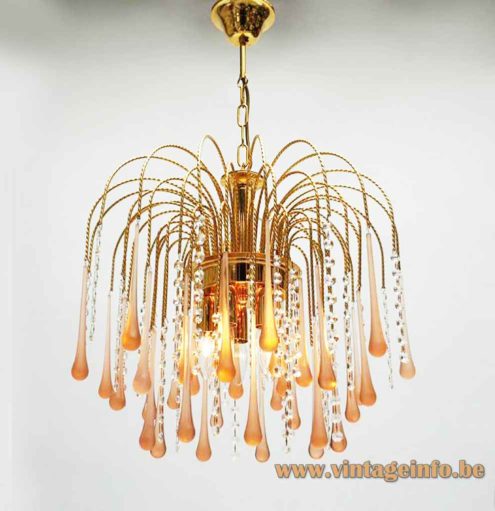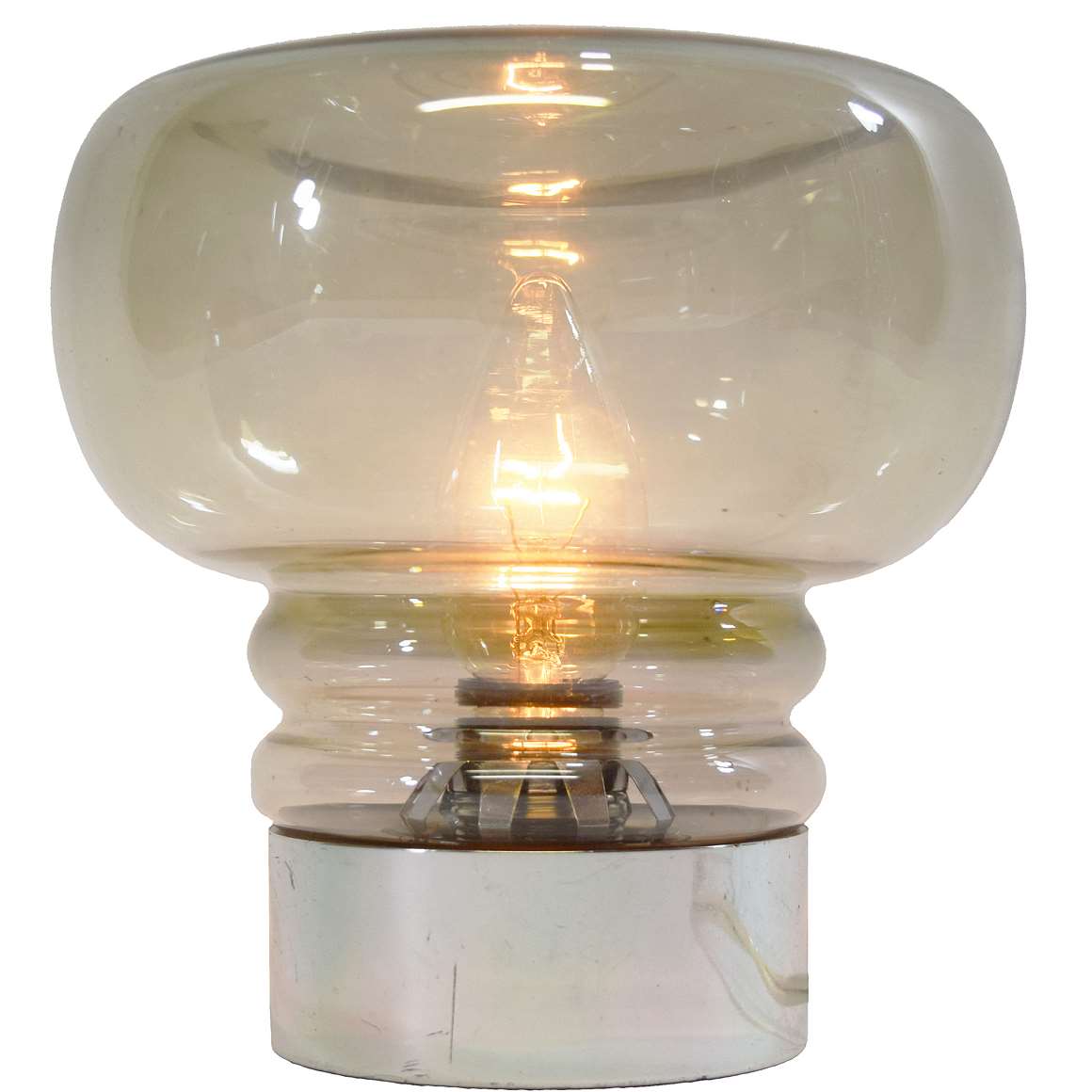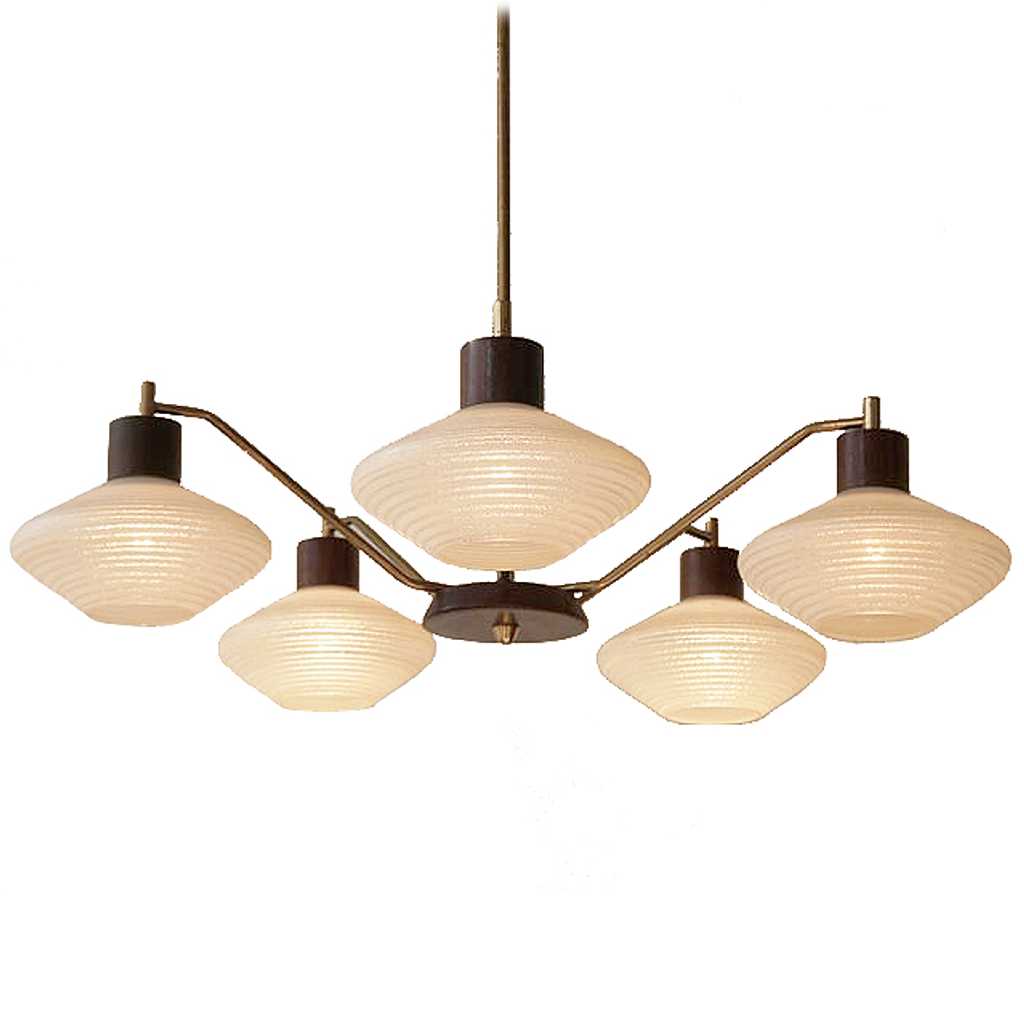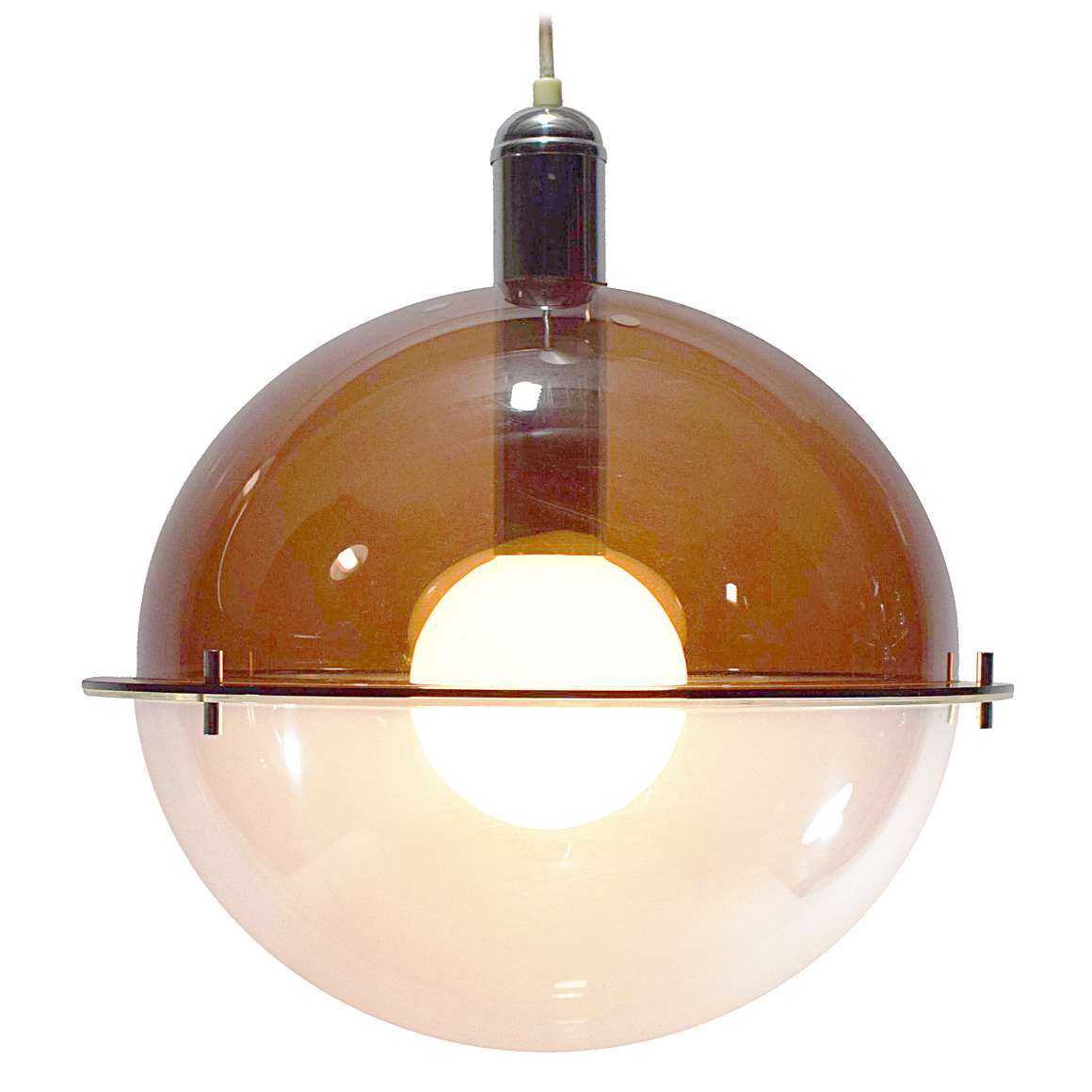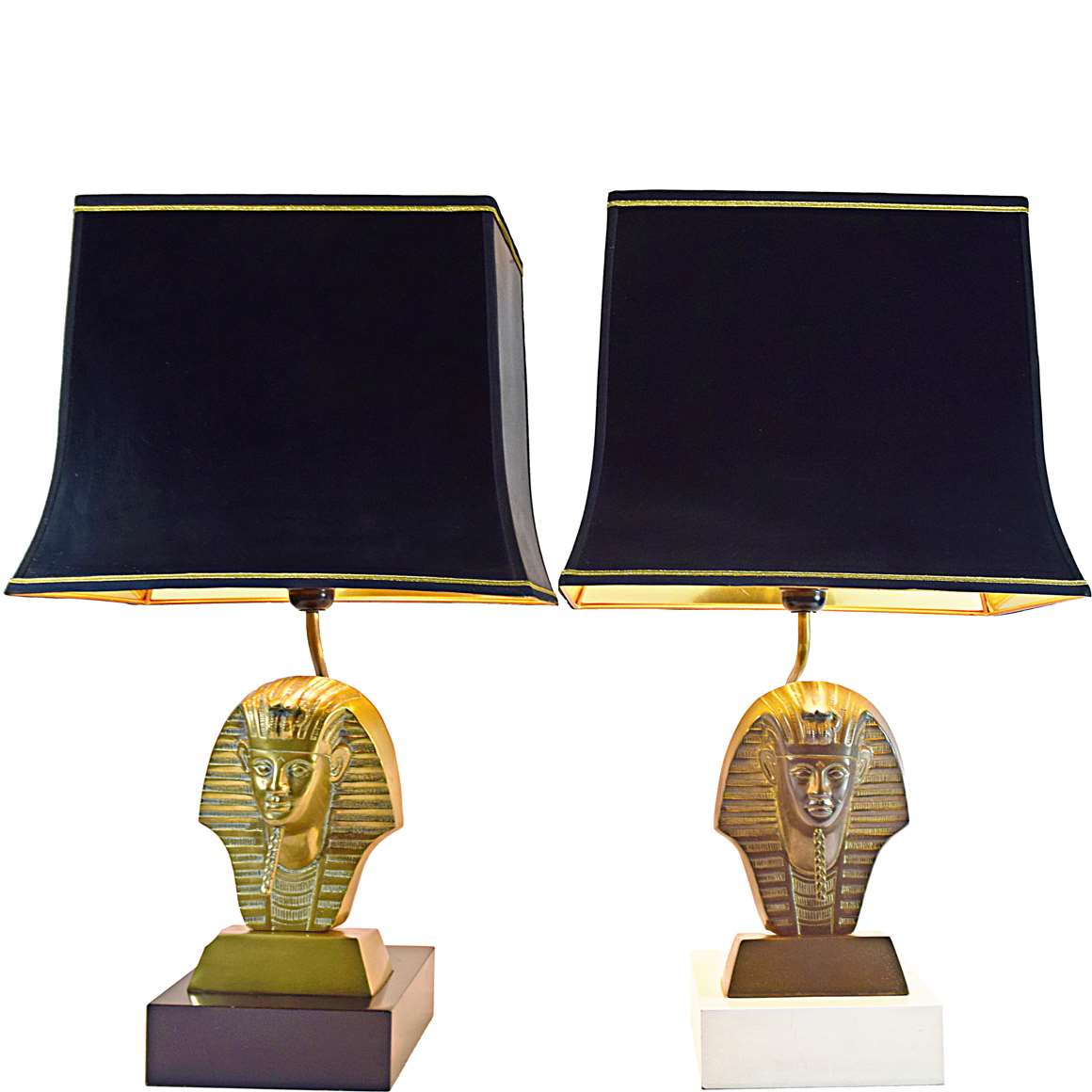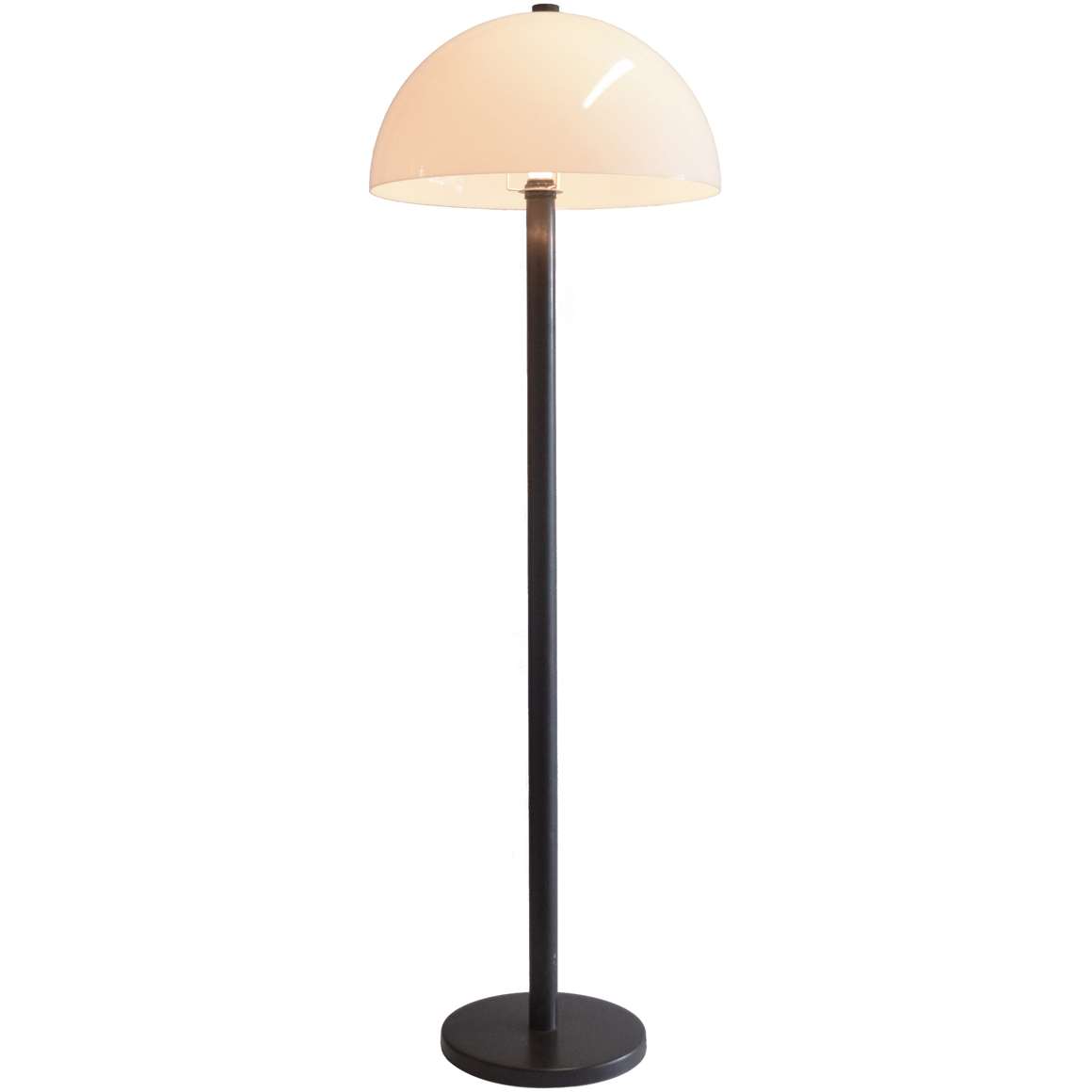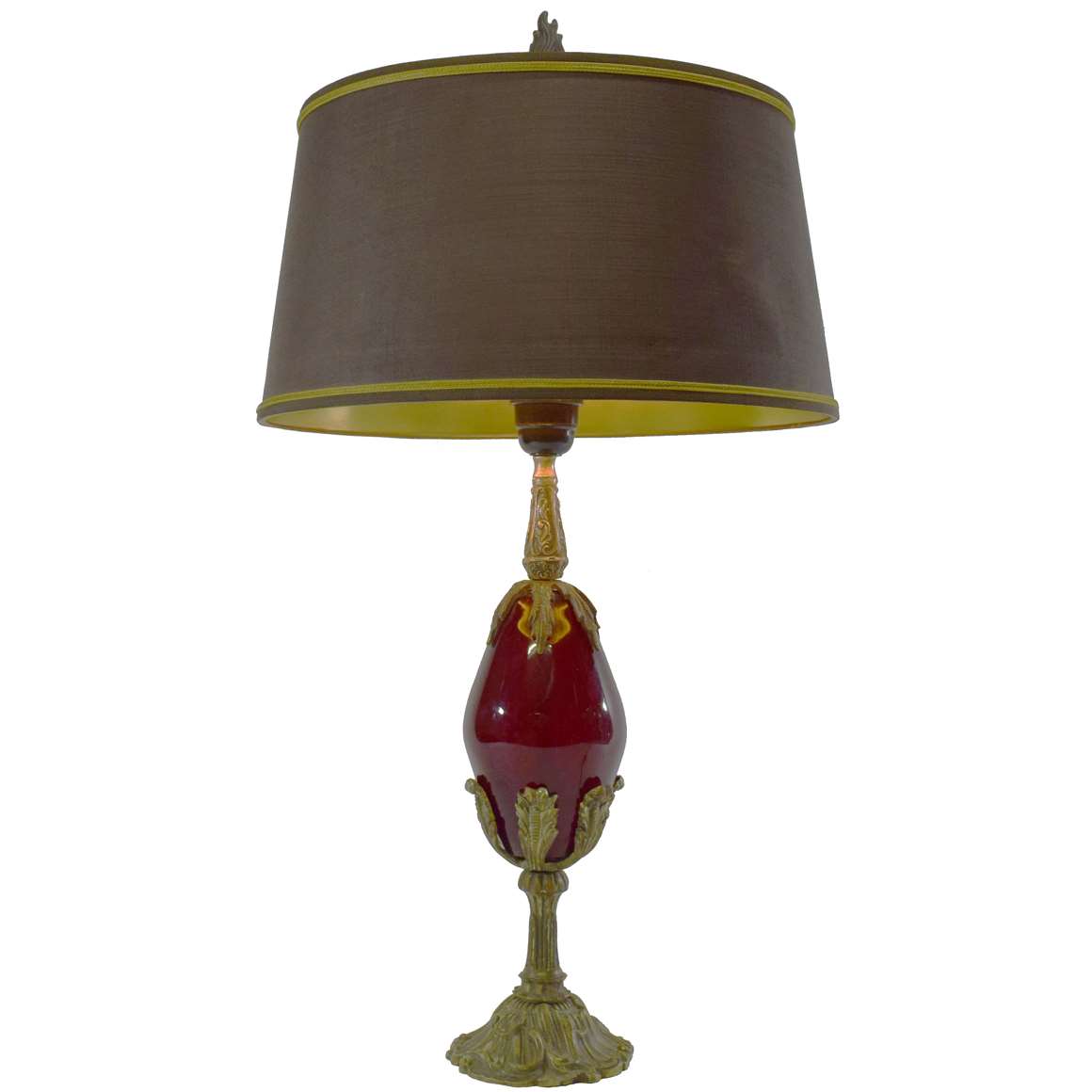Pink Glass Teardrops Chandelier
Other makers
Many other companies made or sold these glass drop lamps. Below a few examples.
Christophe Palme Glass Drops Chandelier – Germany
Christophe Palme Glass Drops Flush Mount – Germany
Joska Glass Drops Chandelier – Germany
Chinese Glass Drops Chandelier
New ones are for sale on Alibaba for 56 dollar a piece!
Crislam Spain – 1996 Catalogue Picture
Links (external links open in a new window)
Massive – Wikipedia (in Dutch)
The complete history of the Philips company
Vintageinfo
Palwa crystal teardrop chandelier – Another German company
Massive lamps
1970s crystal glass chandelier
Pink Glass Teardrops Chandelier
Materials: Curved gold coloured rods, frame chain and canopy. Pink degrading to clear crystal glass drops. Clear glass beads. 4 Bakelite E14 sockets.
Total Height: 80 cm / 41.33”
Height: 45 cm / 41.33”
Width: ∅ 37 cm / 27.16”
Electricity: 4 bulbs E14, 4 x 40 watt maximum, 110/220 volt.
Any type of light bulb can be used, not a specific one preferred.
Period: 1980s, 1990s.
Designer: To be appraised.
Manufacturer:Massive, Mortsel, Kontich and Wommelgem, Belgium.
Other versions: This Pink glass teardrops chandelier exists in many variations.
Often said that these lamps are from Murano, but most of them don’t. Selene Illuminazione made very similar lamps in the 1980s and 1990s, but they are labelled with a Vetri Murano label 004. Often named Waterfall, but these lamps have no name.
Venini
Often or even mostly said that these chandeliers are made by the famous Italian Murano company Venini. It is a not true of course. First of all, Venini never made them, as they confirmed to me. They made several lamps with glass drops, but they are completely different as you can see in a catalogue picture from 1962. Far not as frivolous, almost kitschy as these ones. Second: it is simple, real Venini lamps are always stamped in the metal frame. In May 2021, February 2023, and June 2025 I searched for real Venini glass drops chandeliers on many websites and I couldn’t find any.
Real Venini Glass Drops Flush Mount – 1962 Catalogue Picture
Venini Stamp
Massive Clear Glass Teardrops Chandelier
Another Massive Glass Teardrops Chandelier
Almost the same, but this one has frosted pink glass drops.
Massive
Origins and Early Growth (1926–1970s)
Massive started in 1926, when Pieter-Jozef De Jaeck founded a bronze foundry in Wilrijk, near Antwerp, Belgium. Initially, the company crafted traditional bronze items such as candlesticks, crucifixes, and chandeliers in-house using established casting methods.
However, as the market evolved during the 1930s and 1940s, Massive quickly adapted to meet changing consumer needs. Therefore, the company gradually introduced more functional lighting products for households. After World War II, electric lighting became more popular across Europe.
Consequently, Massive began combining classic design with modern electrical technology. This strategic shift enabled the brand to reach new customers and grow steadily.
By the 1950s, Massive had earned a solid reputation across Belgium. Its lighting fixtures – often inspired by mid-century trends – were both affordable and practical. Moreover, they were widely available in hardware and furniture stores. As a result, they became a staple in many homes.
In the 1960s, Eddy De Jaeck, the founder’s son, joined the company. He introduced semi-industrial production techniques and optimized logistics. As a result, Massive shifted from a craft-based workshop to a mass production business. This major change laid the groundwork for international expansion.
Design Approach and Product Strategy
Massive became known for producing lighting in the style of more exclusive brands. While they didn’t make direct copies, many of their designs were clearly “inspired” by well-known models. Nevertheless, the company also released some original highlights that stood out in their own right.
In addition to their own production, Massive distributed a significant number of lamps made by other manufacturers. This strategy was not unusual at the time. Many lighting companies across Europe followed the same practice to broaden their product range and appeal to a wider market.
International Expansion and Market Leadership (1970s–2000s)
During the 1970s, Massive expanded rapidly. With Eddy De Jaeck at the helm, and later his sons Piet and Jan De Jaeck, the company grew into a multinational enterprise. To stay affordable and increase volume, Massive moved production to Eastern Europe. Later, it extended manufacturing to China. This deliberate strategy helped the brand stay competitive in a changing market.
By the 1980s, Massive had become one of the top lighting brands in Europe. Its catalog included thousands of options for both indoor and outdoor use. Furthermore, the brand balanced style, affordability, and reliability. Because of this, it gained popularity in both Western and Eastern Europe.
In the Netherlands, Massive began operations in 1962. In addition, the company opened Massive Gorinchem in 1969. This location served as the Dutch headquarters for more than 40 years. Eventually, in late 2012, it relocated to Eindhoven.
Ownership Changes and the Philips Takeover (2002–2010)
In 2002, the De Jaeck family sold Massive to CVC Capital Partners for about €250 million. This move transformed the company into part of the new group, Partners in Lighting International (PLI).
Over the next years, PLI expanded quickly. For example, in 2005, the group acquired Modular Lighting Instruments. Then, in 2006, it added Trio Leuchten from Germany. As a result, PLI marketed over 10,000 products under brands like Massive, Lirio, Trio, Aqua, and Cucina.
The company grew further by employing about 5,000 people and operating in more than 70 countries. In 2007, Royal Philips Electronics announced plans to acquire PLI. The deal closed in 2008, which strengthened Philips ‘ position in the European home lighting market.
Soon afterward, Philips rebranded all Massive stores in Belgium as Light Gallery. By 2014, the Massive name had vanished from packaging and store displays alike.
The End of an Era and the Move to Signify (2010–2024)
After the acquisition, Massive ‘s visibility declined steadily. In 2016, Philips Lighting became a separate, publicly traded company. Then, in 2018, the company rebranded as Signify. This new identity marked a fresh focus on smart and connected lighting.
Eventually, in April 2024, Signify shut down the Light Gallery website and redirected all content to its main platform. Although the Massive name no longer appears in stores, its legacy lives on. Millions of homes throughout Europe still feature its recognizable and timeless lighting designs.
Many thanks to Frank, Hans, Christophe, Frederic and Lucas for the photos and the help!
